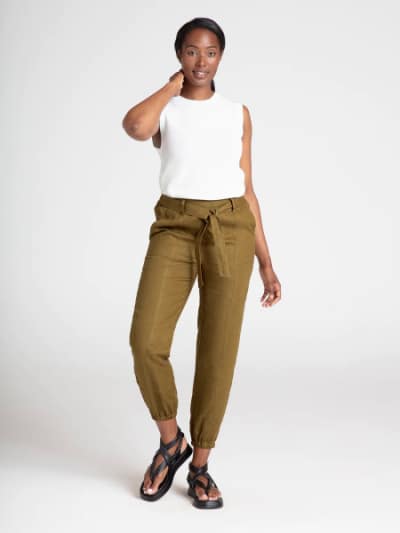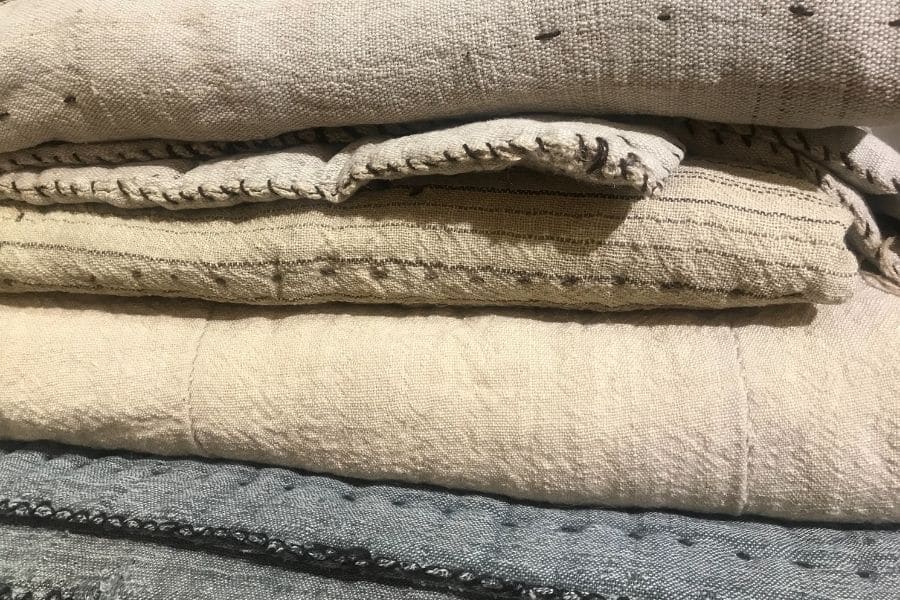Best Tips For Deciding On Bamboo Clothes
Wiki Article
What Is The Sustainability Of Hemp Relative To Cotton In Terms Of Water Usage As Well As Pesticides And Herbicides?
Hemp is considered to be a sustainable crop when compared to cotton with regard to water usage, pesticides, and herbicides, for a variety of reasons.water Usage-
Hemp- Hemp has a low water requirement compared to other crops like cotton. It is a drought-tolerant and low-irrigation plant. In many regions, hemp can be cultivated using rainwater only. This makes it a great choice for water use.
Cotton- Conventional cotton has a reputation for consuming a lot of water. Cotton farming is typically heavily irrigated, which could reduce the water resources of the area and lead to water scarcity. Cotton cultivation is water-intensive, which has raised concerns over its sustainable nature.
Herbicides and pesticides
Hemp- Hemp naturally wards off many pests and illnesses, so it is less likely to need synthetic pesticides or herbicides. Although certain hemp crops require pest management, overall the use of chemicals is lower than many other crops, including cotton. It is possible to grow organic hemp without the use of pesticides.
Cotton - The conventional cotton farming industry rely heavily on synthetic herbicides and insecticides in order to control pests. These chemicals have negative effects on the environment. This includes water and soil pollution and also harming animals that aren't targeted, as well as resistance to pesticides.
Summary: Hemp is thought to be a more eco sustainable plant than cotton in terms of water consumption, pesticides, herbicides.
Hemp requires less water to grow, and can often be grown through rainwater, minimal irrigation, or with no irrigation at all.
Hemp is resistant to many pests, diseases and fungi. This means that it reduces the need of synthetic pesticides.
Hemp crops need less pesticides and herbicides made of synthetics contrasted with traditional cotton.
It is important to remember that the practices of sustainable agriculture and environmental protection can differ from one area or cultivator to another. Organic farming practices can also help in the long-term sustainability of hemp as like cotton, as it reduces the use of synthetic chemicals and enhancing the health of the soil. When considering the environmental impacts of clothing and textiles, making use of organic fibers like hemp or cotton can aid in reducing fashion's environmental footprint. View the most popular hemp clothing for site recommendations including patagonia hemp shorts, patagonia work pants hemp, hemp yoga pants, hemp denim, hemp bathing suit, hemp mens jeans, hemp sportswear, hemp golf shirts, jungmaven t shirt, hemp dress and more.

What Gives Hemp Fibers Its Breathable, Moisture-Wicking And Thermoregulatory Properties?
Hemp fibres have unique chemical and structural properties that makes them extremely breathable. They are also moisture-wicking. These characteristics are a result of the following factors. Microscopical structure Hemp is distinguished by being a porous, hollow fiber that allows air to flow within it. The inherent porosity of hemp makes it highly air-tight. When it is woven into fabric the structure lets air flow through. This improves circulation and stops the build-up of heat and moisture on the skin.
Hemp fibers have a high affinity to water and they can easily absorb moisture. Wearing hemp-based clothing can help absorb sweat and moisture, which will prevent the feeling of being wet. Additionally, hemp fibers are effective at dispersing moisture and dispersing it across a wider area of fabric where it is able to evaporate faster. The hemp's moisture-wicking properties ensure that you stay dry and comfortable when doing exercise or during hot conditions.
Hemp fibers are naturally inherently insulating. They are able to trap body's heat and provide warmth when it's cold. Conversely, they allow excessive heat and moisture to escape during hot weather which helps keep you cool. Hemp clothing is suitable for any temperature and activity due to its thermoregulatory properties.
Hemp fibers are naturally antimicrobial, and are able to stop the development of bacteria which cause odors. This feature contributes towards the freshness and protection from smell of hemp clothing during times of training.
Hemp fibers can be robust and durable, so hemp clothing won't get stale. This durability increases the life of hemp clothing. It reduces the need for replacements as well as the environmental impact.
UV Protection Hemp fibers protect skin from harmful ultraviolet radiation. Hemp clothing can be used for a variety of purposes because of its UV-blocking qualities. It's ideal for outdoor activities.
It is vital to understand because these qualities are intrinsic and are not dependent of chemical treatments. Hemp clothing is breathable, durable and sustainable due to its natural characteristics. It's an excellent option for activewear as well as outdoor clothes and clothing for warm weather. These attributes are preserved when hemp fibers become textiles. They are a highly sought-after material for eco-friendly clothing. Have a look at the recommended article source for hemp clothing for more examples including hemp garments, hemp work pants, hemp boxer shorts, jungmaven clothing, 100 hemp shirt, hemp polo shirts, hemp long sleeve shirt, hemp yoga pants, patagonia work pants hemp, hemp long sleeve shirt and more.

What's the main difference between hemp fiber and bamboo fiber?
Both hemp and bamboo fibers are plant-based fibers that are used to create textiles. Each has its own unique characteristic and properties. Here are some of the most significant distinctions between hemp fiber and bamboo fibre- 1. Plant Source-
Hemp- Hemp is derived from the hemp stalks. Specifically the outer basts. Hemp is a multi-faceted and fast-growing plant, has been used in many ways for centuries.
Bamboo Fibers- Bamboo fibers come from the pulp. Bamboo is fast-growing species of grass that is known for its rapid renewal and durability.
2. Fiber Characteristics
Hemp- Hemp fibers are well-known for their strength and durability. Hemp fibers are among the most durable natural fibers that soften with each wash, making them suitable for textiles that last a long time.
Bamboo- Bamboo fibres are silky soft with a smooth texture. Although they aren't as strong as hemp fibres, and are more delicate in some cases however their suppleness to the skin is highly valued.
3. Texture The texture, feel and look
Hemp Fabric- Hemp is a fabric with a texture, and a coarser feel in its original state. It is extremely comfortable, however it is quite different from bamboo.
Bamboo is silky soft and soft. It is frequently described by those who wear it as feeling like a mix of silk and cotton.
4. Dryness and Breathability-
Hemp- Hemp is naturally and breathable. Hemp also absorbs moisture. They can help you stay cool and dry in the summer heat.
Bamboo Fibers- Bamboo fibers are known for their a high amount of breathability as well as moisture wicking. They're also equipped with micro-gaps which enhance their ability in regulating temperatures and humidity.
5. Environmental Impact-
Hemp- Hemp fiber is an eco-friendly product due to its low requirement for water rapid growth, and resistance to pests. This means that it is less need for herbicides and pesticides. Hemp can absorb CO2 from the atmosphere while it grows.
Bamboo is regarded as a material that is sustainable. It grows quickly and requires minimal water and doesn't require synthetic pesticides. Some bamboos are considered sustainable, including Moso bamboo.
6. Processing-
Hemp Fibers Hemp fibers undergo extensive processing, which will be required to separate the bast that is outside from the wooden core. The process may require retting (decortication), mechanical separation, or retting.
Bamboo- Bamboo Fibers are obtained via a chemcial process referred to as the viscose/rayon procedure. This process involves chemically cutting down bamboo pulp. Closed-loop systems can be used to reduce chemical waste in some bamboo textiles.
7. Versatility-
Hemp- Hemp is versatile, with many uses including construction materials, clothing, textiles, and more.
Bamboo- Bamboo fibres are used mostly in textiles and clothing however they can be found in other items like bedding, towels and even towels.
Both bamboo and hemp have distinctive properties that provide sustainable benefits. It depends on what qualities you want in a product and how eco-conscious you are. View the most popular bamboo clothing for website tips including bamboo cotton t shirts, bamboo chafing shorts, bamboo top, bamboo sun shirt, bamboo trousers mens, bamboo brand jeans, bamboo sweatshirt, bamboo sweatpants, bamboo yoga trousers, bamboo fabric clothing and more.
